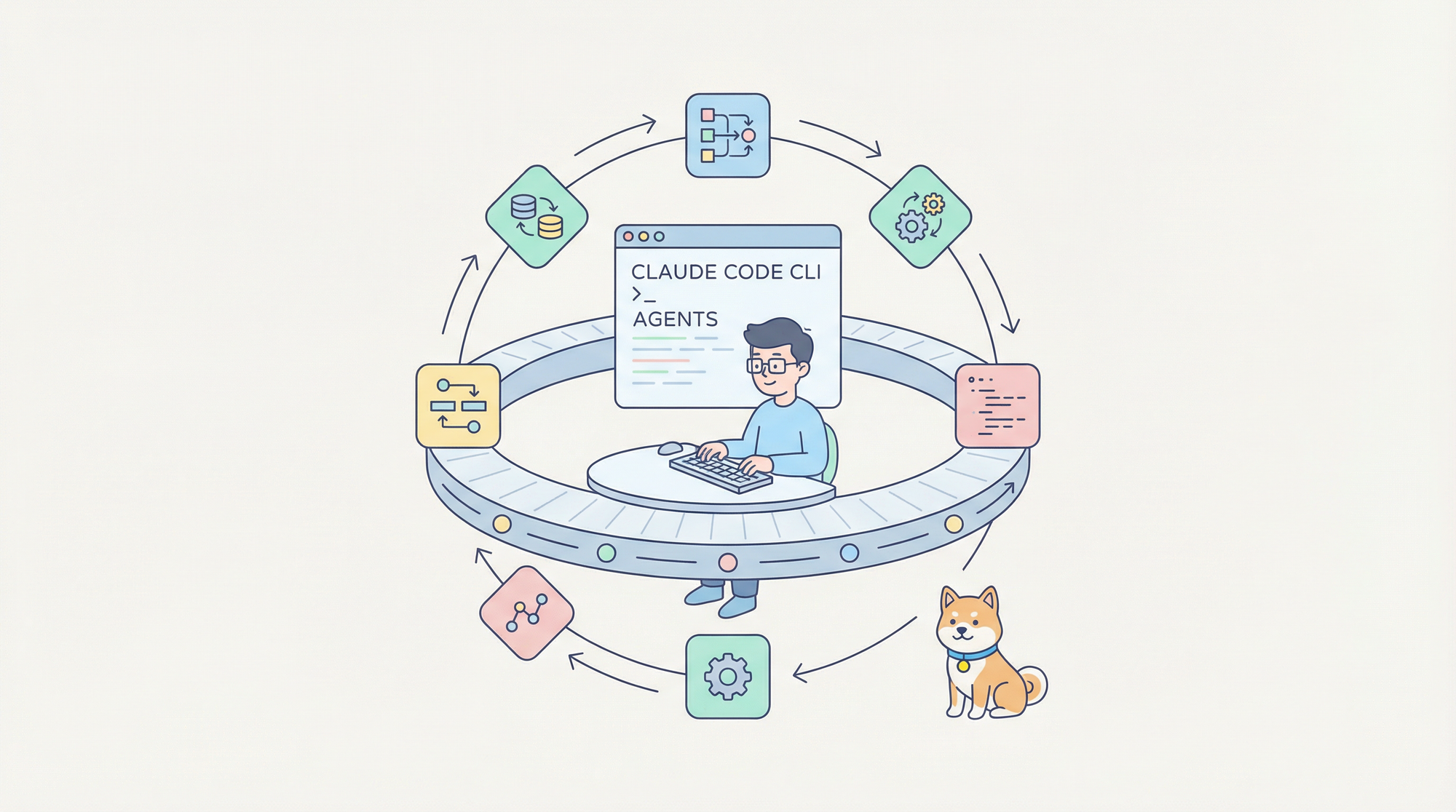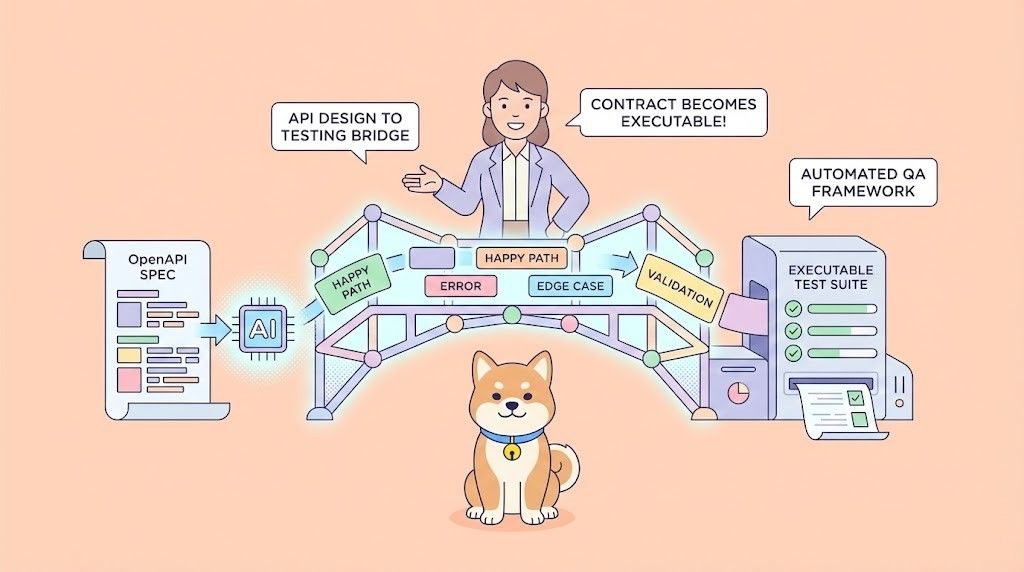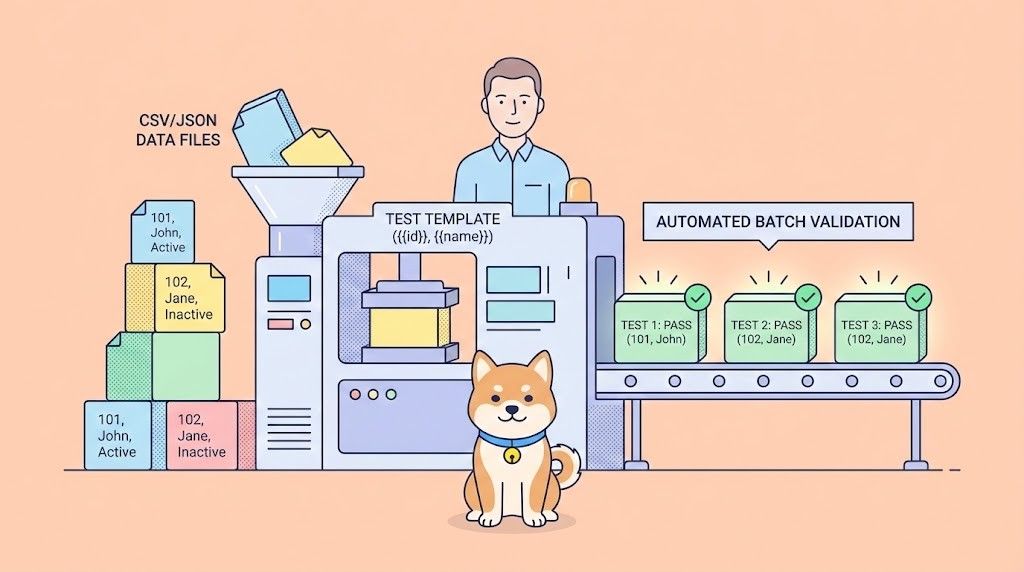Introduction to Testing Types in Software Development
In the complex world of software development, testing plays a crucial role in ensuring quality and reliability. Among the various testing methodologies, smoke testing and regression testing stand out as essential practices that help development teams identify issues before they reach end users. While both aim to verify software functionality, they serve different purposes at different stages of the development lifecycle.
This comprehensive guide explores the definitions, purposes, methodologies, and key differences between smoke testing and regression testing. Understanding these two testing approaches is vital for quality assurance professionals, developers, and project managers who want to implement effective testing strategies that maintain software quality throughout the development process.
Apidog offers an integrated platform for API design, debugging, testing, and documentation, enabling teams to validate API functionality within their UAT workflows.
With features like collaborative workspaces, automated testing capabilities, and environment management, Apidog empowers QA professionals and business stakeholders to efficiently verify that API responses align with business requirements before production deployment.
What is Smoke Testing?
Definition and Purpose
Smoke testing, also known as build verification testing, is a preliminary testing approach that verifies whether the most basic and critical functionalities of a software application work as expected. The term "smoke test" originates from hardware testing where a device would literally smoke when first turned on if there was a major problem—hence the focus on identifying fundamental issues before proceeding with more detailed testing.
The primary goal of smoke testing is to ensure that the deployed build is stable enough to proceed with further testing. It serves as a gatekeeping mechanism that prevents the testing team from wasting resources on detailed testing of a fundamentally flawed build.
When is Smoke Testing Performed?
Smoke testing is conducted at the very beginning of the software development lifecycle, preferably on the first build of the software. It is executed:
- After a new build is created
- When a new feature is implemented
- When critical fixes are applied to the software
- Before proceeding with more comprehensive testing
This early verification helps teams quickly identify if the software is too broken to warrant further testing, saving valuable time and resources.
Characteristics of Smoke Testing
Smoke testing is characterized by several key attributes that distinguish it from other testing approaches:
- Surface-level testing: It focuses on verifying basic functionality without diving deep into features.
- Quick execution: A smoke test suite should be executable in a short timeframe, typically minutes rather than hours.
- Critical path focus: It prioritizes testing the most essential functions that could block further testing if they fail.
- Broad coverage: Rather than testing any feature in depth, it briefly checks a wide range of functionalities.
- Pass/fail results: The outcome is typically binary—either the build is stable enough for further testing, or it's not.
The Smoke Testing Process
A typical smoke testing process follows these steps:
- Identify critical functionalities: Determine which features are essential for the application to be considered functional.
- Create a minimal test suite: Develop a set of test cases that verify these critical functionalities.
- Execute the tests: Run the test suite on the new build.
- Evaluate results: Determine whether the build passes or fails based on the test outcomes.
- Make a go/no-go decision: Decide whether to proceed with further testing or reject the build for fixes.
Advantages and Disadvantages of Smoke Testing
Pros of Smoke Testing
Smoke testing offers several significant benefits to the development process:
- Early issue detection: It quickly identifies critical problems early in the development cycle.
- Resource optimization: By detecting major issues early, it prevents wasting resources on detailed testing of fundamentally flawed builds.
- Rapid feedback: Development teams receive immediate feedback on the stability of their latest changes.
- Risk reduction: It minimizes the risk of proceeding with a build that has critical defects.
- Streamlined workflow: Regular smoke tests help maintain development momentum by confirming basic functionality.
Cons of Smoke Testing
Despite its benefits, smoke testing has limitations:
- Limited depth: Its surface-level approach may miss subtle issues that could become significant problems later.
- Incomplete coverage: By design, smoke testing doesn't comprehensively test all application features.
- False confidence: Passing a smoke test doesn't guarantee the application is free from significant defects.
- Subjective scope: What constitutes "critical functionality" can vary between team members, potentially leaving gaps in testing.
What is Regression Testing?
Definition and Purpose
Regression testing is a software testing methodology that verifies whether recent code changes have adversely affected existing functionality. The term "regression" refers to the potential for new code to cause previously working features to "regress" or revert to a non-working state.
The primary goal of regression testing is to ensure that modifications to the codebase—whether bug fixes, feature additions, or optimizations—don't disrupt existing functionality that previously worked correctly. It acts as a safety net that catches unintended consequences of code changes.
When is Regression Testing Performed?
Regression testing occurs later in the software development lifecycle than smoke testing. It is typically performed:
- After new features have been added to the software
- When existing code has been modified to fix bugs
- During software updates or enhancements
- When the environment (operating system, database, etc.) changes
- After each iteration in agile development methodologies
Unlike smoke testing, which happens early in the process, regression testing is conducted on builds that have already demonstrated basic functionality.
Characteristics of Regression Testing
Regression testing has several distinctive characteristics:
- Comprehensive scope: It tests both modified code and potentially affected unmodified code.
- Increasing complexity: As the application grows, regression test suites expand to cover all existing functionality.
- Repetitive nature: The same tests are executed repeatedly with each new code change.
- Detail-oriented: Tests are designed to thoroughly verify specific features and their interactions.
- Automation emphasis: Due to its repetitive nature, regression testing benefits significantly from automation.
The Regression Testing Process
A typical regression testing process follows these steps:
- Test case selection: Determine which test cases need to be executed after the code changes.
- Test environment preparation: Set up a stable environment that closely mimics production.
- Test execution: Run the selected test cases against the new build.
- Result analysis: Compare actual outcomes with expected results and identify any discrepancies.
- Defect reporting: Document and report any regressions discovered during testing.
- Verification of fixes: Retest after developers address any identified issues.
Advantages and Disadvantages of Regression Testing
Pros of Regression Testing
Regression testing provides several crucial benefits:
- Quality assurance: It ensures that new changes don't break existing functionality.
- Confidence in changes: Development teams can make modifications with greater assurance that they won't introduce new problems.
- Bug detection: It identifies "regression bugs" that might otherwise go unnoticed until they affect users.
- Software stability: Regular regression testing contributes to overall product reliability.
- Change validation: It confirms that both new features and existing functionality work correctly together.
Cons of Regression Testing
Regression testing also has several challenges:
- Resource intensive: Comprehensive regression testing requires significant time and effort, especially as the application grows.
- Increasing complexity: As more features are added, the regression test suite becomes larger and more complex.
- Maintenance burden: Test scripts require regular updates to stay aligned with the evolving application.
- Test selection difficulty: Determining which tests to run after specific changes can be challenging.
- Execution time: Running a full regression suite can be time-consuming, potentially slowing development cycles.
Smoke Testing vs Regression Testing: Key Differences
While both smoke testing and regression testing aim to verify software functionality, they differ significantly in several key aspects:
1. Timing in the Development Process
Smoke Testing: Performed early in the development process, often on initial builds or after major changes.
Regression Testing: Conducted later in the development cycle after the software has demonstrated basic stability and functionality.
2. Scope and Depth
Smoke Testing: Surface-level testing that focuses only on critical functionalities to determine build stability.
Regression Testing: Comprehensive testing that aims to verify all existing functionality to ensure nothing breaks after changes.
3. Test Case Volume and Complexity
Smoke Testing: Uses a relatively small number of simple test cases focusing on core functionalities.
Regression Testing: Employs an extensive set of detailed test cases that grows as the application expands.
4. Frequency of Execution
Smoke Testing: Executed on every new build, providing immediate feedback on build stability.
Regression Testing: Performed when changes are implemented, which may occur less frequently than new builds.
5. Primary Goal
Smoke Testing: Focuses on identifying potential issues with new features or core functionalities.
Regression Testing: Aims to ensure that recent changes haven't negatively impacted existing functionality.
6. Testing Environment
Smoke Testing: Often executed in a clean or separate environment to verify basic functionality.
Regression Testing: Conducted in a stable environment that closely resembles the production environment.
Implementing Effective Testing Strategies
When to Use Smoke Testing
Smoke testing is most effective when:
- A new build has just been created and needs initial verification
- Time constraints require quick validation before proceeding with more detailed testing
- You need to determine if a build is stable enough for more comprehensive testing
- Critical fixes have been implemented that could affect core functionality
- You want to identify major issues early in the development process
When to Use Regression Testing
Regression testing is most valuable when:
- New features or enhancements have been added to existing code
- Bug fixes have been implemented that might affect other functionality
- Configuration changes or environmental updates have occurred
- Preparing for a release to ensure overall software quality
- Following significant code refactoring or optimization
Combining Smoke and Regression Testing
A comprehensive testing strategy typically incorporates both smoke and regression testing:
- Use smoke testing to quickly verify build stability before investing time in detailed testing
- Follow successful smoke tests with regression testing to ensure existing functionality remains intact
- Automate both testing types to increase efficiency and coverage
- Maintain separate smoke and regression test suites to serve their distinct purposes
- Schedule regular regression tests while performing smoke tests on every build
Automation Considerations for Smoke and Regression Testing
Automating Smoke Tests
Smoke tests are excellent candidates for automation because:
- They need to run frequently (on every build)
- They cover critical paths that rarely change
- They provide immediate feedback on build stability
- They're typically straightforward to script and maintain
When automating smoke tests, focus on critical user flows and core functionality that must work for the application to be usable.
Automating Regression Tests
Regression tests benefit significantly from automation due to:
- Their repetitive nature
- The expanding scope as the application grows
- The need for consistent execution across the entire application
- The time savings compared to manual regression testing
Automation of regression testing can dramatically reduce the time required while increasing test coverage and consistency.
Best Practices for Effective Testing
Smoke Testing Best Practices
- Keep it focused: Include only the most critical functionality in smoke tests
- Ensure speed: Design smoke tests to execute quickly, providing rapid feedback
- Maintain stability: Update smoke tests only when core functionality changes
- Prioritize automation: Automate smoke tests to enable consistent execution on every build
- Document clearly: Ensure the team understands what constitutes a passing smoke test
Regression Testing Best Practices
- Prioritize test cases: Focus on high-risk areas and frequently used features
- Maintain test documentation: Keep test cases updated as the application evolves
- Implement test selection strategies: Use risk-based approaches to determine which tests to run
- Balance automation and manual testing: Automate repetitive tests while maintaining exploratory testing for complex scenarios
- Schedule regular full regression: Even with targeted testing after specific changes, periodically run the complete regression suite
Conclusion: The Complementary Nature of Smoke and Regression Testing
Smoke testing and regression testing serve distinct but complementary roles in the software testing process. Smoke testing provides quick validation that a build is stable enough for further testing, while regression testing ensures that changes don't break existing functionality.
A robust testing strategy incorporates both approaches:
- Smoke tests act as gatekeepers, preventing detailed testing of fundamentally flawed builds
- Regression tests act as safety nets, catching unintended consequences of code changes
By understanding the differences and appropriate applications of smoke and regression testing, development teams can implement effective testing strategies that maintain software quality throughout the development lifecycle. While they differ in timing, scope, and methodology, both testing types are essential components of a comprehensive quality assurance process that delivers reliable, high-quality software to end users.
The investment in proper smoke and regression testing pays dividends through increased software stability, reduced defect rates, and higher user satisfaction. As software systems grow increasingly complex, the strategic implementation of these testing methodologies becomes even more critical to successful software development and delivery.



